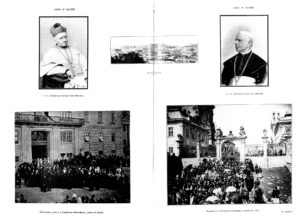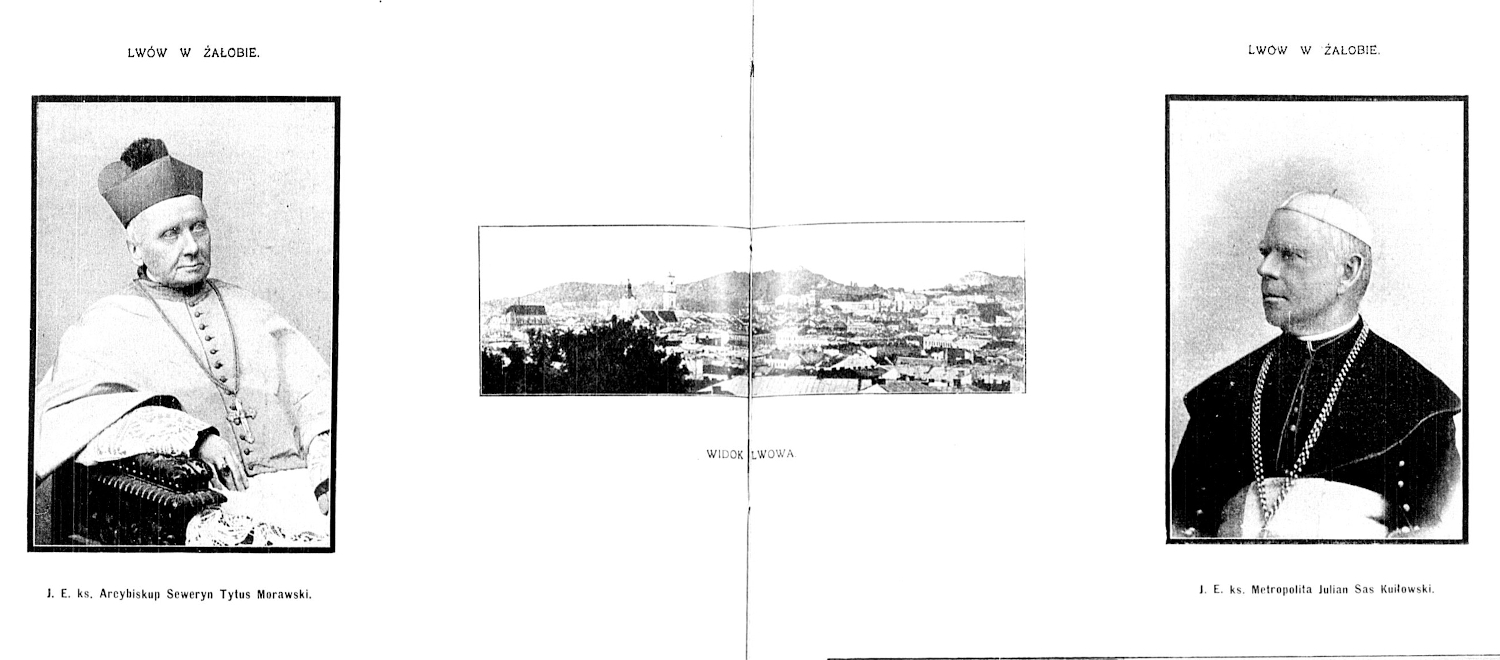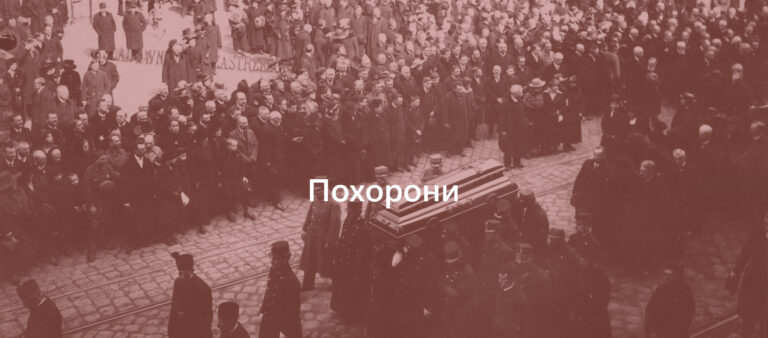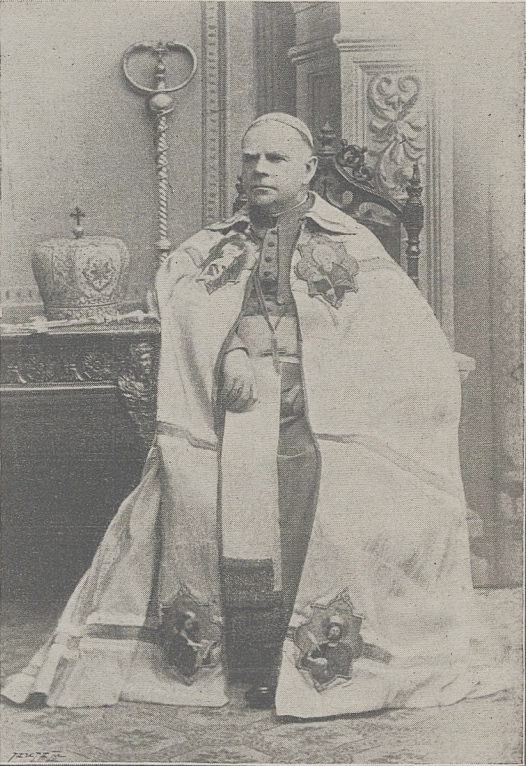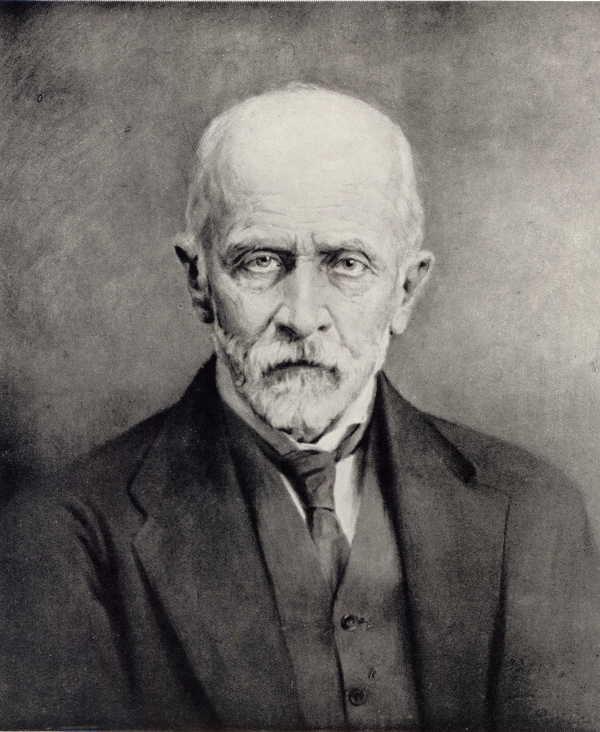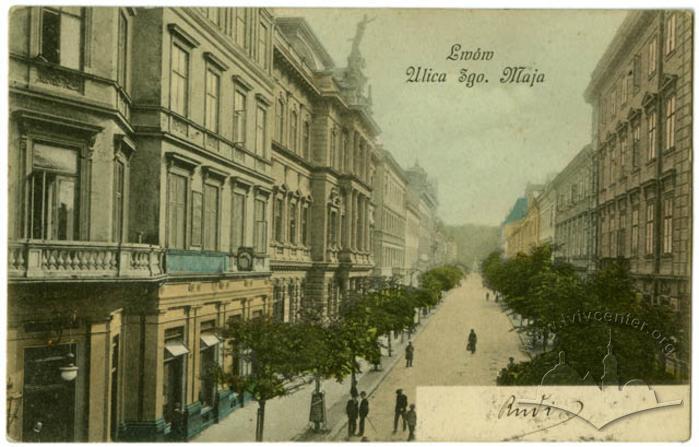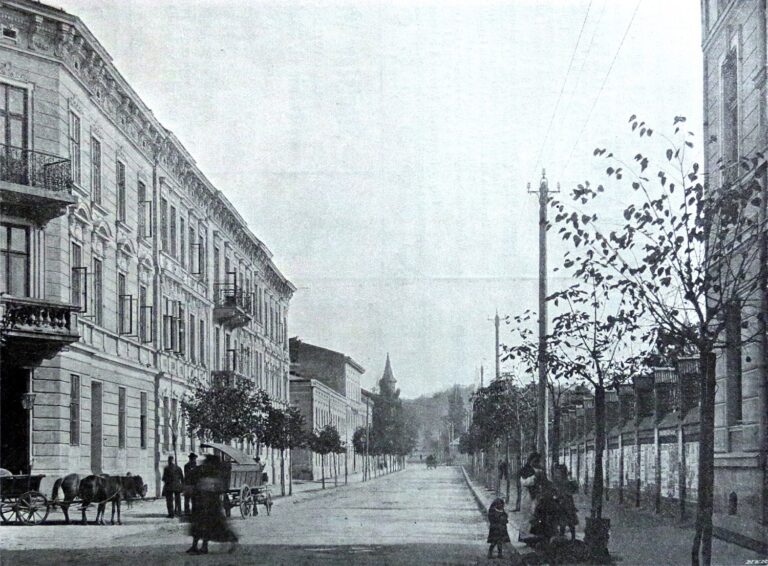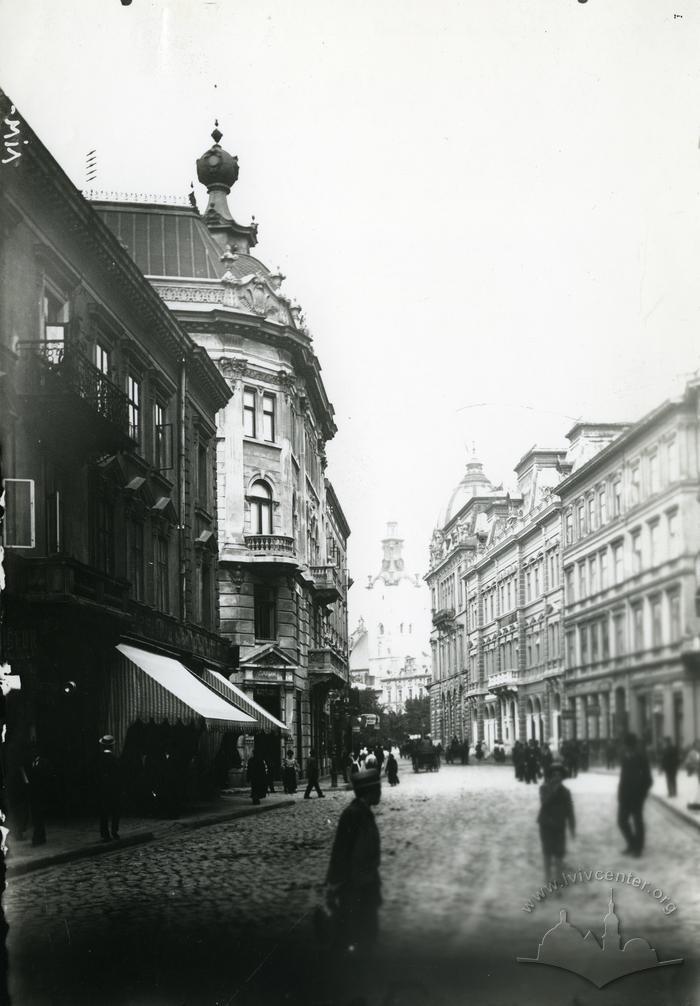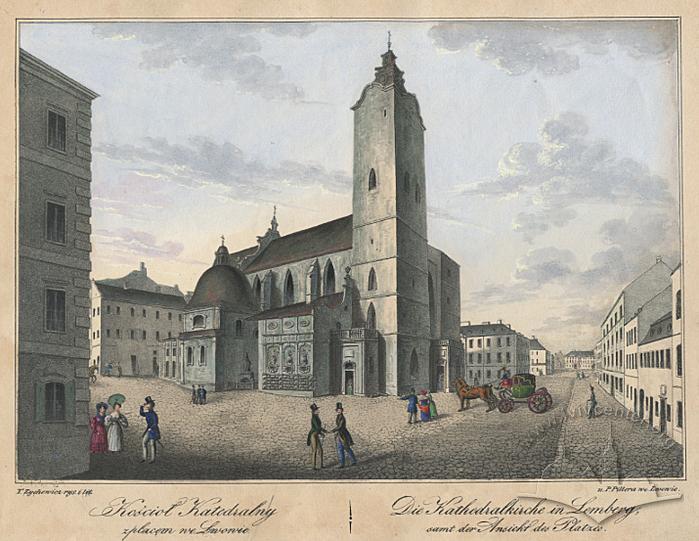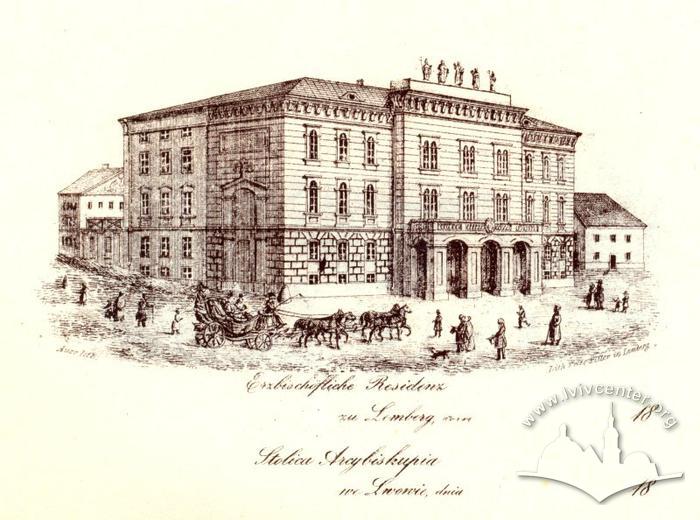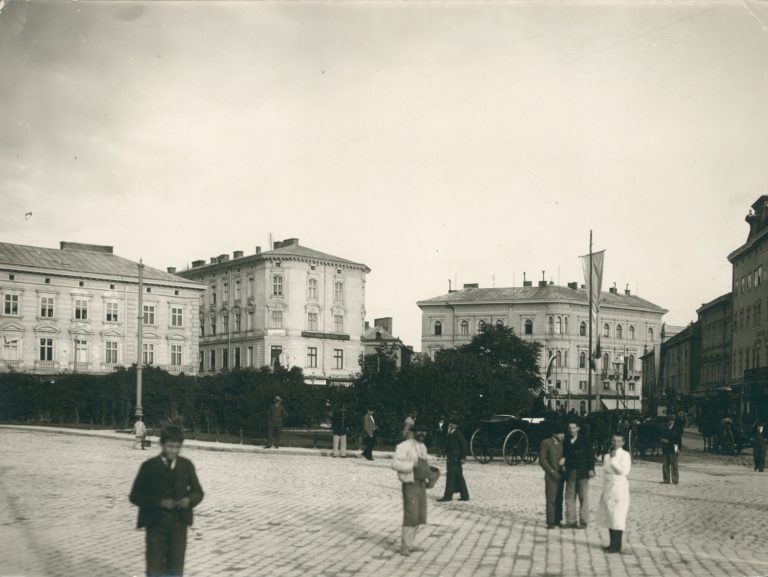In early May 1900, the funerals of the hierarchs of the two largest religious communities of the province took place in Lviv: the Roman Catholic Archbishop Seweryn Morawski and the Greek Catholic Metropolitan Yulian Kuilovskyi. Funeral ceremonies with the participation of representatives of the authorities, civic organizations, educational institutions and a large number of believers demonstrated the attitude of the state and society towards the denominations and their leaders.
Lviv, the capital city of the crown region, was the center of three Catholic archdioceses: Roman Catholic, Greek Catholic and Armenian. The Roman Catholic archbishop and the Greek Catholic metropolitan, in addition to being the spiritual leaders of the largest religious communities in Galicia, actually represented the two most numerous national groups of the province: the Poles and the Ukrainians. Therefore, celebrations related to the honouring of church hierarchs should be considered not purely religious but rather national-religious events. This especially applies to the Greek Catholic Ukrainians for whom the church was the only national institution at that time.
On May 5, at 16:00, accompanied by the mourning bells of all Lviv churches, the archbishop's body was moved to the Latin Cathedral. Priests and monks of all three Catholic denominations were at the head of the mourning procession. The hearse was followed by the family of the deceased and by representatives of the authorities, public institutions, educational institutions, etc. (in particular, governor Leon Piniński, provincial marshal Stanisław Badeni, deputies of the Diet (Sejm), representatives of the City Council, the University and Polytechnic, the German consul in Lviv ). The route ran along Czarneckiego Street (now Vynnychenka Street), Ruska Street, pl. Rynek (now pl. Rynok), Kapitulny Square (now Katedralna Square) to the Roman Catholic Cathedral. For three days, priests of Catholic denominations held services there: Greek Catholics on May 5, Armenians on May 6, Roman Catholics on May 7.
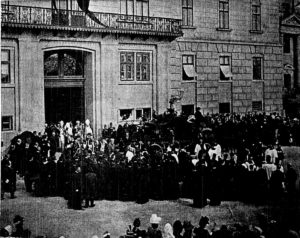
Funeral of Severyn Moravski. The coffin is taken out of the palace of the Latin archbishops
The funeral of the Roman Catholic archbishop took place on May 7. At noon, the funeral procession left the Latin Cathedral. Near the cathedral itself, on Halicki Square (now Halytska Square), Mariacki Square (now Mitskevycha Square), Bernardyński Square (now Soborna Square), Czarneckiego Street (now Vynnychenka Street) representatives of many associations and organizations, several hundred priests and monks of various denominations from Lviv and the province, representatives of the city authorities and educational institutions gathered. The Order of the Iron Crown (1st class), which belonged to the deceased, was carried next to the coffin. Among the family were representatives of the intelligentsia and provincial authorities
Around 12:30, the burial took place in the church of the Presentation of the Lord on Czarneckiego Street near the archbishop's palace.
On the same day, in the afternoon, services for the repose of the dead in the Armenian, Roman Catholic and Greek Catholic rites were held over the body of the Greek Catholic Metropolitan Yulian Kuilovskyi in the cathedral of St. George.
On the following day, priests of all the three denominations held a funeral service. Governor Leon Piniński, provincial marshal Stanisław Badeni, representatives of the city authorities, professors of the University and Polytechnic, the military command, a large number of clergy from all over Galicia, members of parish brotherhoods, Ukrainian and Polish societies gathered for the service in the cathedral of St. George.
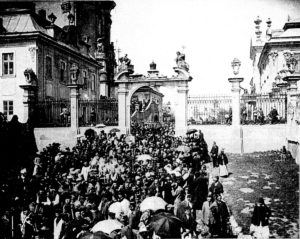
The beginning of the funeral procession of Julian Kuilovskyi near the St. George Cathedral
The route of the funeral procession ran along Mickiewicza Street (now Lystopadovoho chynu Street), Marszałkowska Street (now Universytetska Street), Trzeciego Maja Street (now Sichovykh Striltsiv Street), Jagiełłońska Street(now Hnatiuka Street), Karola Ludvika Street (now Svobody Avenue), Mariacki Square(now Mitskevycha Square), Halicki Square (now Halytska Square), pl. Bernardyński (now pl. Soborna), Piekarska Street.
Around 14:45, the burial began at the Lychakivsky cemetery in the Lviv Chapter tomb. The entrance to the cemetery was guarded by the police and soldiers of the 15th and 80th regiments, so few managed to get to the burial place. For the funeral, there was only one wreath with an inscription reading "The village of Ruske — to their benefactor", as Metropolitan Kuilovskyi had been the parish priest of that village for a long time The ceremony ended around 15:00.
Interpretation
The "national" character of these events in church history can be confirmed by the Dilo reporting that announcements (posters) about the death of Seweryn Morawski were printed only in Polish, while those about the death of Yulian Kuilovskyi were only in Ukrainian. Thus, religious affiliation was actually identified with a certain language.
In general, the interpretation of the events was tolerant on the part of both the Polish-language and the Ukrainian-language press. Joint funerals were supposed to create an image of the unity of all Catholics in the province. However, the national press did not reflect this unity as idealistically as the government's "Gazeta Lwowska". The attitude of the state authorities towards the Roman and Greek Catholic communities could be considered equal.
It was mostly Lviv residents and clergy from the province that bade their farewells to Archbishop Morawski. To pay respects to the body of Metropolitan Kuilovskyi, many people "came to Lviv", that is, they were Ukrainian peasants from the surrounding villages. The burial processes were also different. The coffin with the body of the Roman Catholic archbishop was placed on a four-horse chariot, while the body of the Greek Catholic Metropolitan was carried from the church to the cemetery by villagers. The editors of the Polish periodical Kurier Lwowski interpreted this difference as follows: the metropolitan of the Greek-Catholic Church was not an ordinary church dignitary but the leader of the entire "Ruthenian people" not only of Galician Ruthenia but also of Kyiv and Dnieper Ukraine, a political figure, the "first citizen." The Uniate clergy was generally considered a political elite, which worked in the non-ecclesiastical sphere more than the Roman Catholic clergy.
